VISION
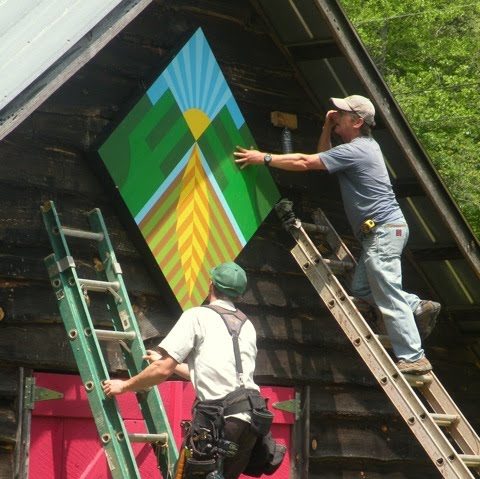
High Cove was started by a group of friends who were attracted to life in the North Carolina mountains but wanted to blend the richness of cosmopolitan life with the beauty and peace of this rural place.
Our goal is to create a sustainable community that fosters rich and lasting human relationships, provides a place for people of all ages and backgrounds to live, learn, and share experiences, while preserving the land, water, and native plants and animals.
PLAN
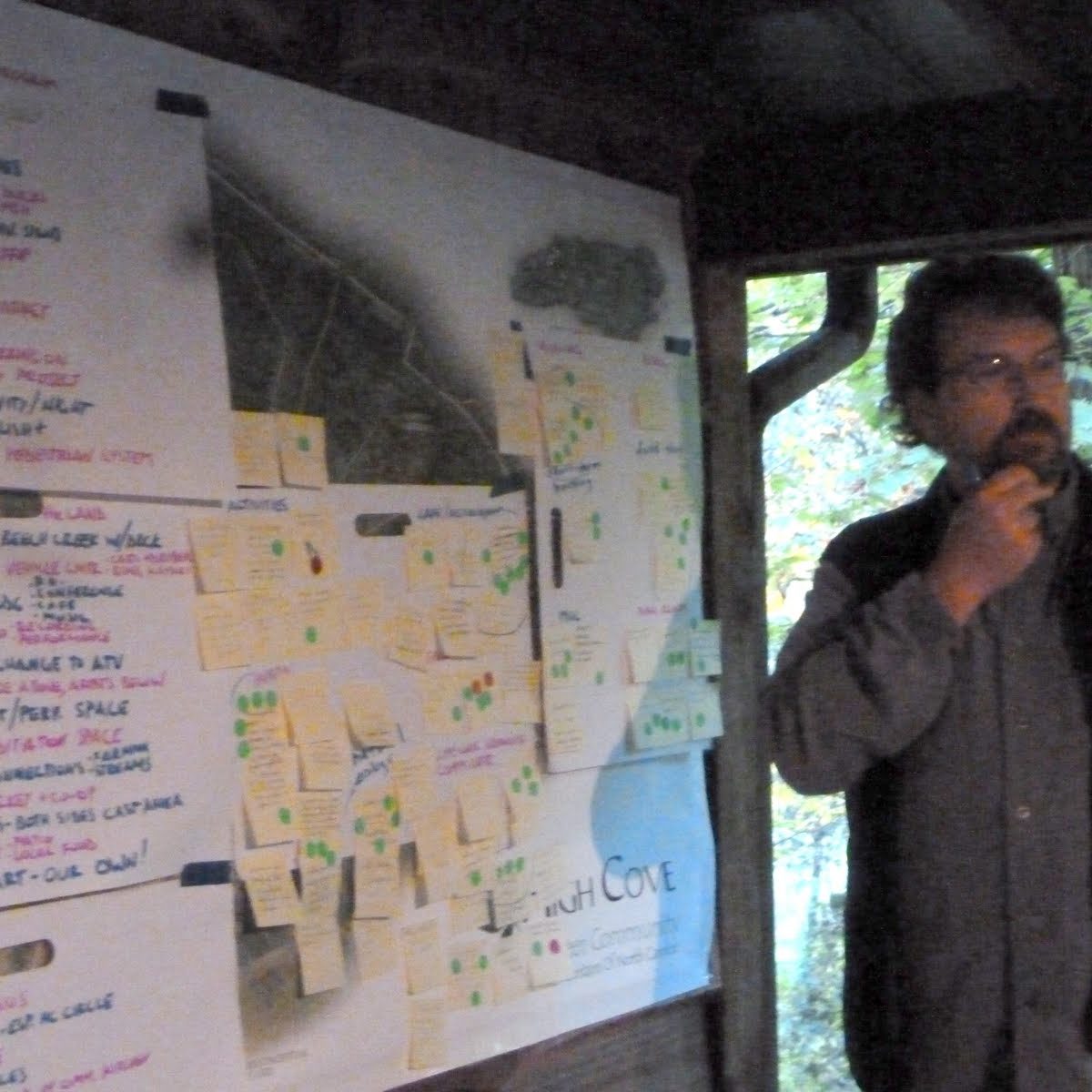
This vision resulted in a plan that features smaller homesites, surrounded by land that is preserved for nature, as well as land that supports the best of human activities: gathering, gardening, making art and music, sharing what we know and care about. There’s a place for artists’ studios. A lively village center is planned for the future.
READ MOREHOW IT WORKS
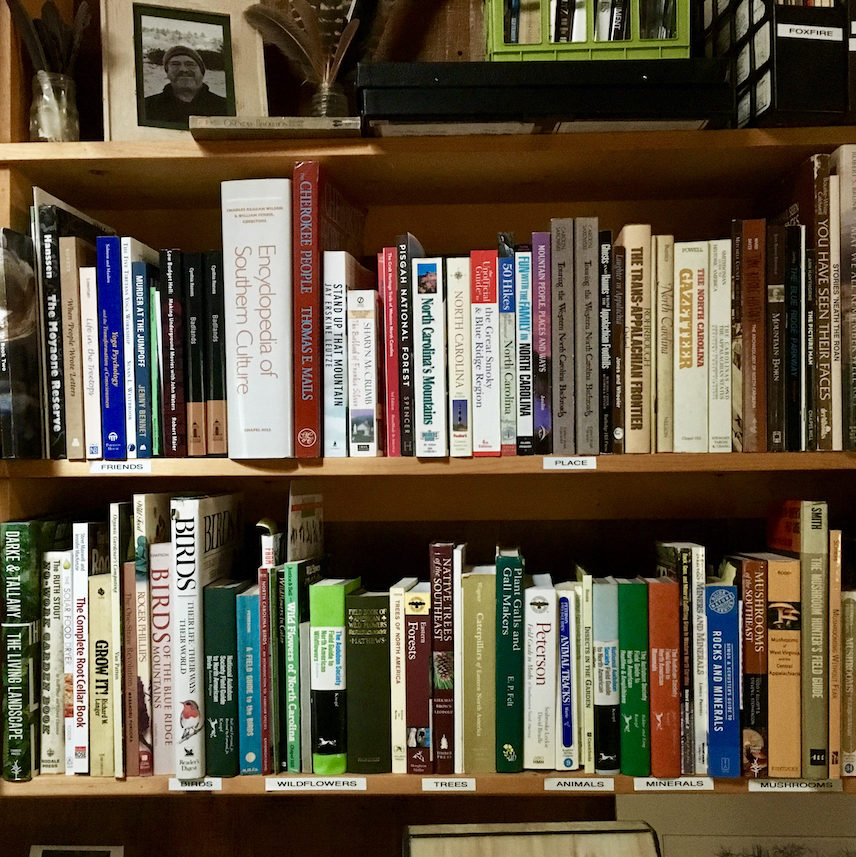
The vision is implemented through design standards that call for houses to be well designed, built green, and not so big. Governance documents support a civic culture that balances private needs with public goods. Curiosity is fueled by the High Cove Institute, an adjacent art-science center (AS IF), and other, less formal activities.
READ MOREOur vision for High Cove
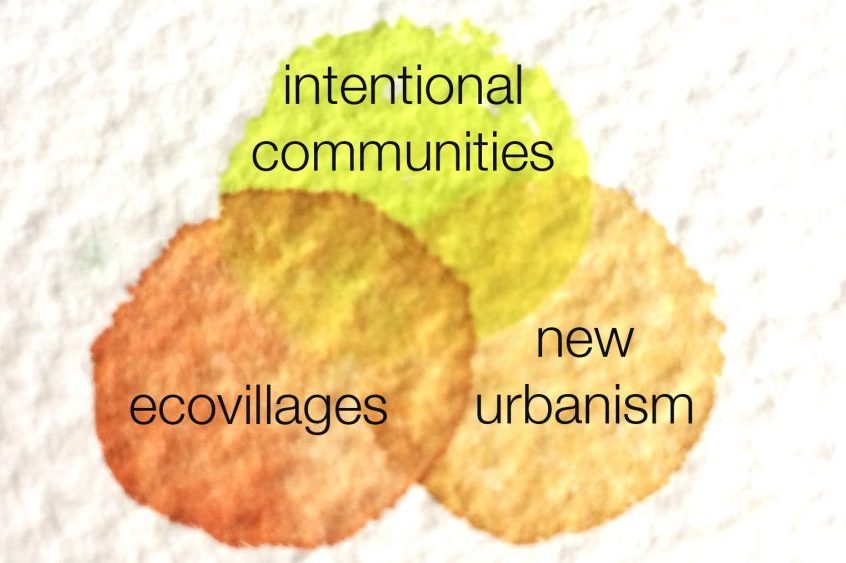
A place on the land.
The plan for High Cove resulted from a blend of ideas from three key influences – intentional communites, ecovillages, and New Urbanism.
From intentional communities, we have been inspired by the idea that a group of neighbors can come together from all walks of life, share resources, and learn better ways to make group decisions. Ecovillages have inspired us to find local solutions for our needs, to grow food in harmony with the environment, to conserve our precious land and water, and to share and reuse resources to the extent possible.
Although our community is rural rather than urban, the ideas of New Urbanism have influenced our focus on smaller houses and on creating a community design in which housing is clustered around a mixed-use center in order to conserve land, encourage pedestrian access, and allow for a mix of uses in an attractive public realm that facilitates and encourages community connections. Also, the idea that the best land—mountain views, creeks, meadows—should be accessible to all, not privatized.
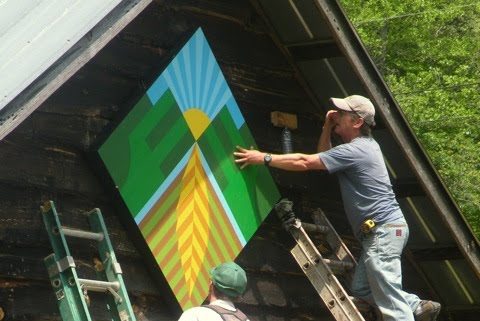
Community, Environmental Stewardship & Civic Life
Life at High Cove encourages and celebrates creativity and whimsy, aesthetic design, and quality construction in the built environment; an environmental ethic based on the idea of creating a sustainable balance between the ecological footprint of a varied human habitat and the natural ecology of the region; and a social ethic based on respect, toleration, civility, and appreciation of differences.
Top of page
Lifelong Learning
We value education and lifelong learning. High Cove supports learning opportunities through educational programs, use of the land and common facilities, and partnerships with local educational groups. The High Cove Institute sponsors programs ranging from local geology to modern techniques of green building. An adjacent art-science center brings artists and scientists for residencies, often using the land for research and inspiration. Community members share their knowledge through offerings such as film screenings, cycling training camps, and language classes.
We connect with nearby educational resources, including the Penland School of Craft, Earth to Sky Park and Observatory, the Great Smokies Writing Program, and the Swannanoa Gathering for musicians.
Through the High Cove Institute and community partners, we seek to support and facilitate educational, cultural, and environmentally restorative activities that reflect the values of our community. These educational activities are a way of bringing people together to meet each other and to enjoy being part of a community. They also serve as a link to the larger community, bringing in other viewpoints and facilitating interaction with neighbors.
High Cove Master Plan
The master plan includes 34 homesites, 29 of which have been platted and made available for sale. The lots are organized into two residential neighborhoods (Castanea and Appalachian Way, after their main roads), connected to a future mixed-use village center. The “Studio Court” has been set aside to accommodate artist studios in an activity center near Rebels Creek Road. The land that is between the compact neighborhoods and the top of the ridge, as well as the northermost part of the site, have been included in the “open space” as forest preserve.

First Neighborhood: Castanea
The first neighborhood to be developed is located above the area that will become the village center, with home sites along Castanea, Stonewall Lane, and Cicada Lane. The home sites in the Castanea neighborhood tend to have a bit more slope than the second neighborhood, but flexibility in siting houses for access. For example, access to lots 4-7 can be either from Stonewall (above) or Cicada (below).
Second Neighborhood: Appalachian Way
Although there are a few home sites along Appalachian Way as it winds its way up the slope, the second neighborhood offers sites along Talking Leaves and Rosebay that have relatively less slope than other areas.
Village Center
Land has been reserved for a mixed-use village center that is planned to include live/work units, galleries, studios, a small cafe or community gathering space, and an open plaza for community gathering. There also plans for a cottage court of small rental units for those not yet ready or able to build a house.
Artists Studio Court
The studio court offers an opportunity for artists to have studio space that is located away from the residential areas and close to Rebels Creek Road– easier for visitors to find and less intrusive for the neighbors. The studios are planned around a central courtyard that is designed to become a significant public space and activity center for the community. The first studio (with its kiln shed) was completed in 2018 and currently houses several working artists, as well as its owner, Burnt Mountain Pottery.
Open Space
The purpose of the relatively compact character of the neighborhoods and the village center is to enable us to preserve as much land as possible. The open space includes both the forested areas up to the ridgeline and open areas of the pasture along Rebels Creek where we’ve located a community garden. The land came with a network of existing trails, some of which were originally carved out by lumbering operations early in the 20th century. Along with their home site and the common areas of village and pasture, High Cove residents share the use of the forested land for hiking, nature studies and general enjoyment.
Top of page
